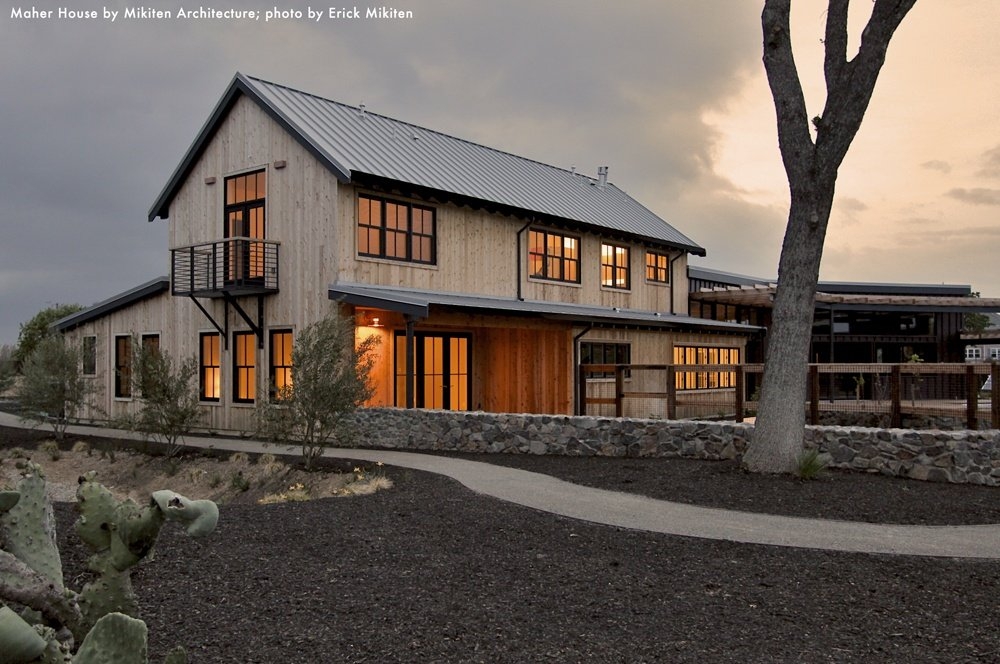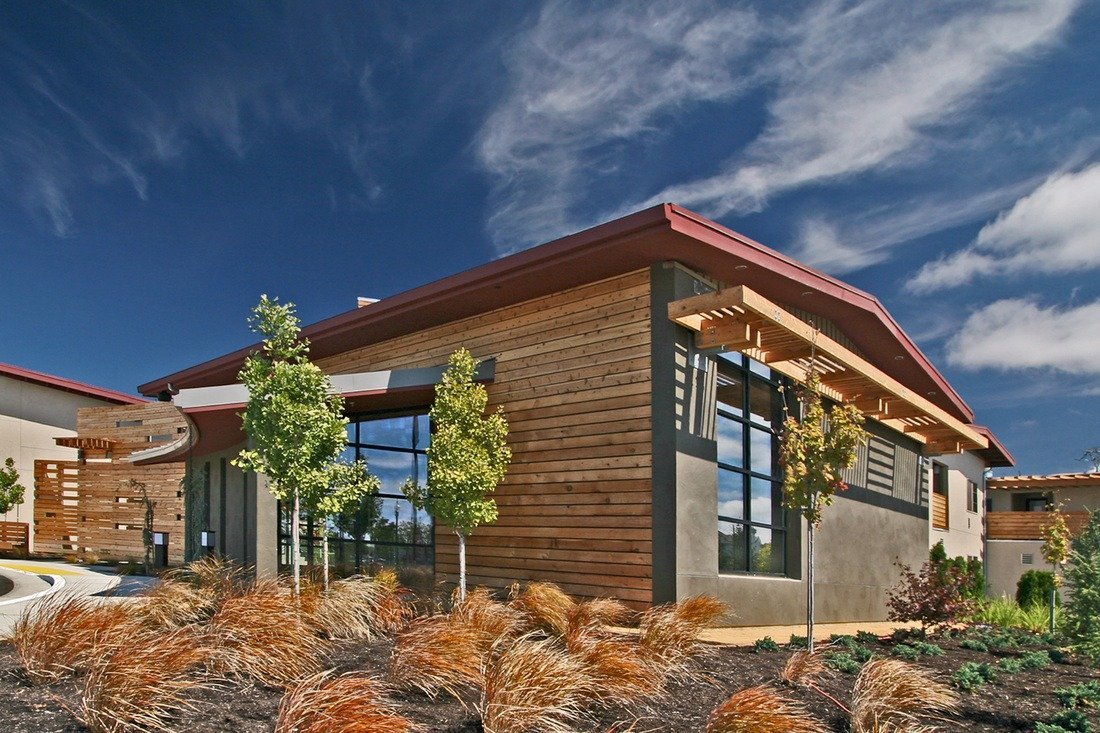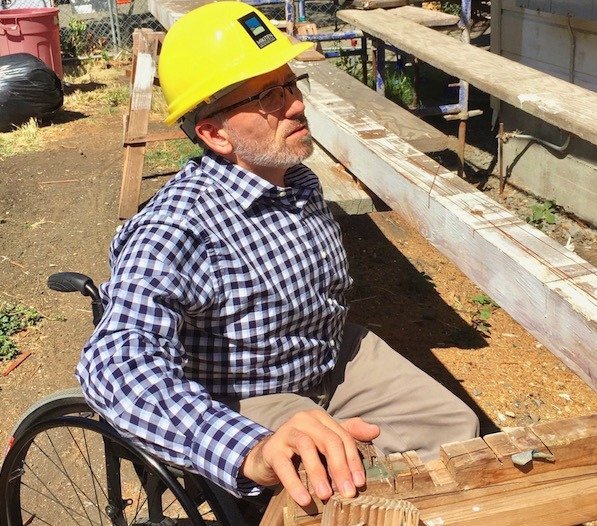Back
Back
Back
Back
Back
Back
Back
Back
Back
Back
USA & Canada
Architect Spotlight – Mikiten Architecture

Sign up now for our DIY Project Newsletter

Appreciation for wood design started young
It was what architect Erick Mikiten didn’t have as a child that fueled his creativity when it came to working with wood.
“We had only a few power tools, but my father taught me how to be creative to get the most out of them. In this way, I developed a deep connection with shaping wood,” he says. “Now I have my own wood shop, where I build everything from boxes to furniture to cabinets. It’s been enriching to pass on this love of working with my hands and with wood to my son as well, who’s now 15.”
Along with his love of woodworking, Mikiten is a renowned architect who often chooses Western Red Cedar siding for his various commercial and residential projects.
“This love of being creative with wood extends into every building I design. And my hands-on understanding of the properties of wood helps me design details that actually work in the field when a contractor is building one of my projects,” Mikiten explains.

For this housing project designed for vets and their families, Mikiten chose a knotty grade of Western Red Cedar for its durability, ease of construction, and ultimately for the silver grey patina that it develops over time when exposed to the elements. He left the cedar unfinished for the patina it would develop. As the planted landscape grows into maturity, the cedar ages and “settles in” – increasingly becoming one with the landscape around it. Since the target market was veterans and their families, the client valued wheelchair-accessibility. “As a wheelchair-riding architect, I took this as a mandate to push the ideas of Universal Design as far as possible, gathering my own life experience and years of knowledge from dozens of other accessibility-related projects,” says Mikiten.
About the firm
Mikiten and his wife, Elisa, launched their namesake firm, Mikiten Architecture, in 1991, initially working out of an unheated garage in Berkeley, California.
They started small, mostly single-family remodels. But as Mikiten looked around the Bay Area, he saw that the affordable housing projects being built were generally dull and unimaginative.
“As a child, I lived in high-rise public housing in New York, so I knew how design could make or break one’s experience of day-to-day life,” he says. “So when we started our firm, we decided to focus on affordable housing, with the goal of creating thoughtful and exciting buildings that people would love to live in.”

Personal understanding of Universal Design
Another driving force in their work has been his personal experiences as a wheelchair rider. Mikiten has a weak bone condition that resulted in dozens of fractures, mostly in his youth, and lots of time spent indoors in traction.
The frequent forced convalescence, largely spent with his artist mother, led to much drawing and contemplation about the spaces he was in: the way the light coursed through the room, the way a breeze through a screen door would stir up life on a stagnant summer afternoon. This fostered a connection with the interplay between buildings and nature.
“So I’ve always taken an artistic, sculptural approach to weaving the indoors and outdoors together,” he says.
When he wasn’t drawing or watercoloring at home, Mikiten experienced an unaccommodating physical world outside his home. In the ’70s and ’80s, little thought was given to making the world wheelchair-accessible … especially in the suburbs of San Antonio, Texas, where his family moved to.
“I saw the myriad of ways in which the built environment prevented me from doing things. As a problem solver and artist, it dawned on me that as an architect, I could practice art and fix the built environment to make it not just accommodate, but actively welcome everyone. So Universal Design became another focus of our work.”
© 2025 All rights reserved
Gatsby Website Development by Jambaree